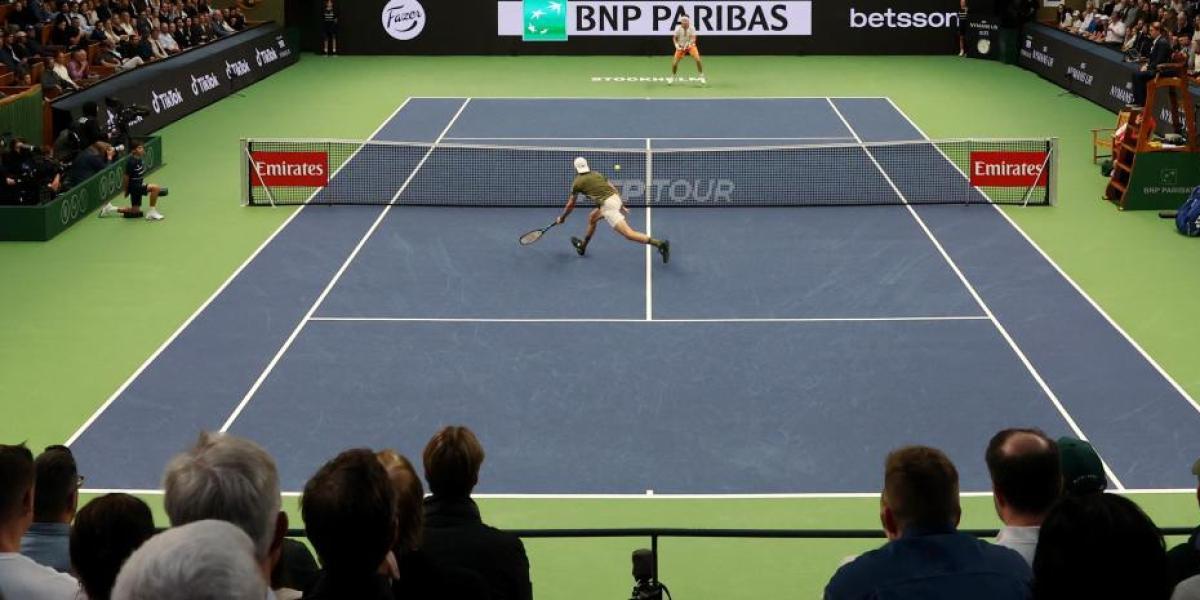This was the central question posed by Pepus Daunis-i-Estadella (University of Girona), Ernest Baiget (INEFC-UB), and Martí Casals (INEFC-UB and UVic-UCC) in a groundbreaking study that, for the first time, applies Compositional Data Analysis (CoDA) to professional tennis.
It is well known that the world’s top tennis players compete far more often on hard courts than on clay or grass, but the real issue lies in how much the playing surface actually determines athletic success.
The study, published in the scientific journal Austrian Journal of Statistics under the title “Court Surfaces: A Compositional Approach to Tennis Analytics,” used compositional analysis techniques to examine data from more than 1,100 ATP players who have reached the world’s top 100 over the past several decades.
Compositional analysis focuses on the importance of relative values between parts of a whole — in this case, the proportion of time spent playing on each surface — and employs methodologies based on log-ratio analysis.
The findings confirm that elite players spend nearly 58% of their playing time on hard courts, while clay and grass account for the remaining 42%.
By contrast, players with mid- or lower-level rankings show a more balanced distribution across all three surfaces.
The study demonstrates that this difference is statistically significant: the higher a player’s competitive level, the greater the proportion of tournaments played on hard courts.
As a result, clay and grass — traditionally linked to more specialized styles of play — have taken a back seat in an increasingly homogeneous and global circuit.
These data suggest that today’s professional model forces players to be competitive on nearly every surface if they wish to remain at the top.
This trend toward versatility is also reflected in playing style: the traditional clay-court specialists who thrived on long rallies from the baseline have given way to more aggressive all-court players capable of dominating from any area of the court.
Thus, the notion of the “complete player” has evolved from a virtue into a necessity for success in professional tennis.
The significance of this research lies in its potential to reshape how the professional calendar is understood and how training programs are designed for aspiring top-100 players.
It also underscores that CoDA is a powerful tool for analyzing relative data — a common but often misinterpreted type of information in sports analytics.

